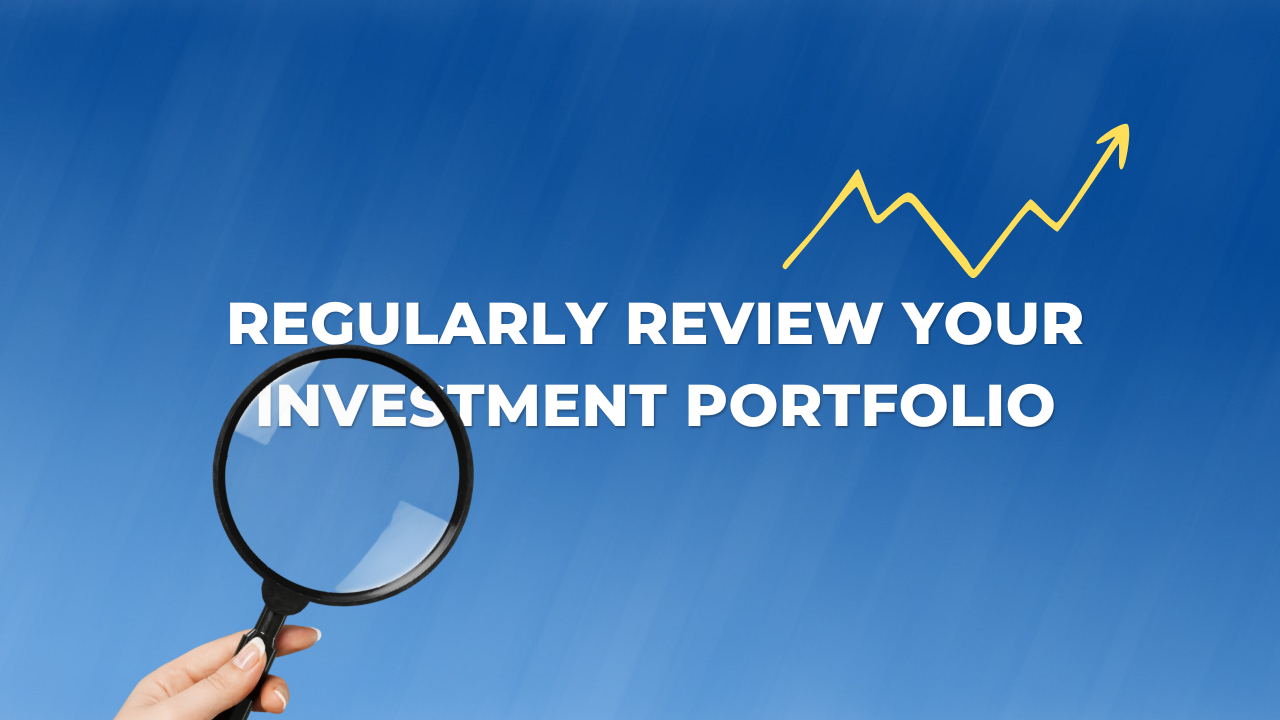How and Why You Need to Maintain a Strong Financial Foundation
How and Why You Need to Maintain a Strong Financial Foundation
Maintaining a strong financial foundation is needed for long-term financial health. It ensures you're capable to manage unexpected expenses, achieve your financial aim, and build wealth sustainably. Before diving into investment strategies or complex financial planning, it's important to establish a solid foundation to support your journey.
Why is a Financial Foundation Important?
- Provides Stability in Uncertainty:
- Life is unpredictable, and a strong financial foundation helps you navigate emergencies like medical crises, job loss, or other unforeseen events. It allows you to remain financially secure without disrupting your long-term plans.
- Prevents Debt Dependency:
- When you have a stable financial foundation, you avoid relying on credit cards, loans, or other forms of high-interest debt. This prevents you from falling into a debt trap and incurring unnecessary interest costs.
- Enables Goal Achievement:
- Whether it's buying a home, saving for your children’s education, or preparing for retirement, a strong financial base provides the necessary resources and structure to set and achieve your financial goals effectively.
- Builds Wealth Over Time:
- A solid financial foundation lets you grow your wealth consistently through investments, savings, and disciplined spending. It sets you up to take advantage of opportunities for long-term growth.
- Peace of Mind and Reduced Stress:
- Knowing that you have a stable financial footing reduces stress and allows you to focus on achieving your financial aspirations, rather than constantly worrying about day-to-day finances.
How to Maintain a Strong Financial Foundation
1. Create and Stick to a Budget
- Track income and charges to understand where your money spend each month. This gives you better control over your finances and helps in savings and investing.
- Tips:
- Follow the 50/30/20 rule:
- 50% for essentials (housing, utilities, groceries)
- 30% for discretionary spending (entertainment, dining)
- 20% for savings and debt repayment.
- Follow the 50/30/20 rule:
2. Build an Emergency Fund
- Having an emergency fund ensures you're prepared for unexpected situations, like medical bills, car repairs, or a job loss.
- How Much Should You Save?
- Aim for 3-6 months of living expenses in a liquid, low-risk account (such as a savings account or short-term deposits).
3. Pay Off High-Interest Debt
- High-interest debts, like credit card debt, can quickly become a financial burden. Prioritize paying off these debts to free up resources for saving and investing.
- Strategy:
- Use the debt avalanche method (paying off the highest-interest debt first) or the debt snowball method (paying off the smallest debt first for psychological motivation).
4. Invest in Insurance
- Protecting your financial foundation through insurance (health, life, disability, etc.) is critical. Insurance helps you avoid financial setbacks caused by unforeseen events, such as health issues or accidents.
- Key Policies to Consider:
- Health Insurance: To cover medical emergencies.
- Life Insurance: To protect your loved ones in case of an untimely demise.
- Disability Insurance: To ensure income in case of long-term illness or injury.
5. Build Multiple Income Streams
- Depanding on a single income source can be risky. Establishing side businesses, freelance work, or investments can diversify your income and reduce financial vulnerability.
- Examples of Passive Income:
- Rental income from real estate, dividends from stocks, interest from bonds, etc.
6. Develop a Long-Term Savings Plan
- Consistently saving a portion of your income is essential to achieving your financial goals. Automate savings through SIPs (Systematic Investment Plans) or recurring deposits to ensure regular contributions toward your future.
- Focus Areas:
- Retirement savings (e.g., NPS, PPF, or EPF)
- Education fund for children
- Large purchases like a house or car
7. Regularly Review Your Financial Situation
- Your financial situation will change over time. Regularly review your budget, debt status, insurance, and investments to ensure they align with your goals.
- Tips for Review:
- Adjust for life changes, such as marriage, children, or career shifts.
- Rebalance your investments and savings based on your age, risk tolerance, and financial goals.
FAQs on Maintaining a Financial Foundation
1. How do I start building a financial foundation if I have no savings?
- Start with budgeting and creating an emergency fund. Pay off any high-interest debt, and then gradually build up savings. Even small amounts saved consistently can grow over time.
2. How much should my emergency fund be?
- Aim to save 3-6 months of living expenses. This will provide a cushion during emergencies without disrupting your investments or financial goals.
3. What is the best way to reduce debt?
- Pay off high-interest debt first, then move on to other debts. Consider consolidating loans if you have multiple high-interest obligations. Avoid accumulating new debt.
4. Should I invest while paying off debt?
- It depends on the interest rate of the debt. If your debt has high interest (e.g., credit cards), focus on paying it off first. For low-interest debts, you can balance paying them off with long-term investments.
5. How often should I review my financial foundation?
- Review your financial situation at least once a year. After significant life changes (e.g., marriage, having children, changing jobs), reassess your budget, savings, insurance, and investment strategies.
Team Investor Sarthi’s Key Takeaways on Financial Foundation
- “Start with the Basics: Building a financial foundation starts with managing your cash flow, budgeting, and saving.”**
- “Be Prepared for Emergencies: An emergency fund ensures you’re not derailed by unexpected expenses.”**
- “Prioritize High-Interest Debt: Paying off high-interest debt frees up resources for better financial planning.”**
- “Protect Yourself: Insurance is an essential tool to safeguard your financial foundation from major disruptions.”**
- “Plan for the Future: Regular savings, investing, and diversifying your income streams help you secure long-term financial goals.”**
Maintaining a solid financial foundation is the first step toward financial freedom and wealth-building. By managing your income, saving regularly, and staying debt-free, you set yourself up for success. For personalized guidance on establishing your financial base, reach out to Team Investor Sarthi!





















